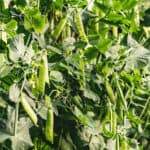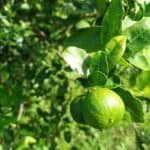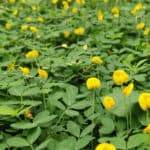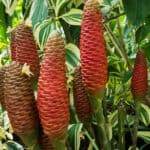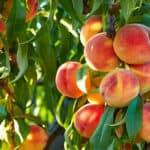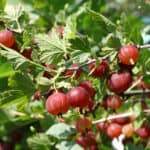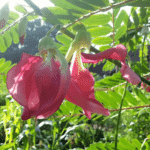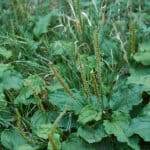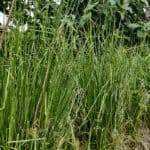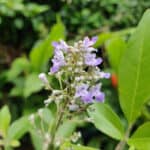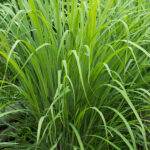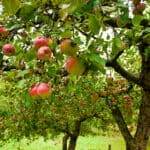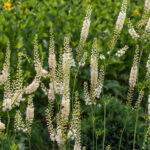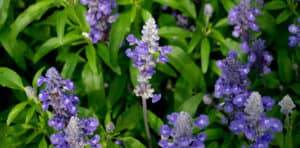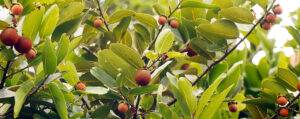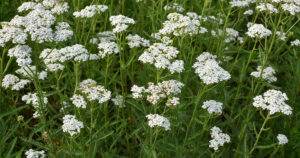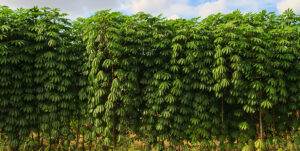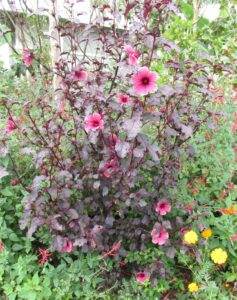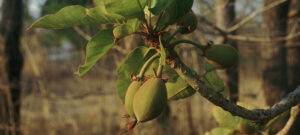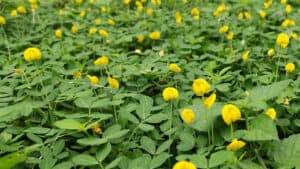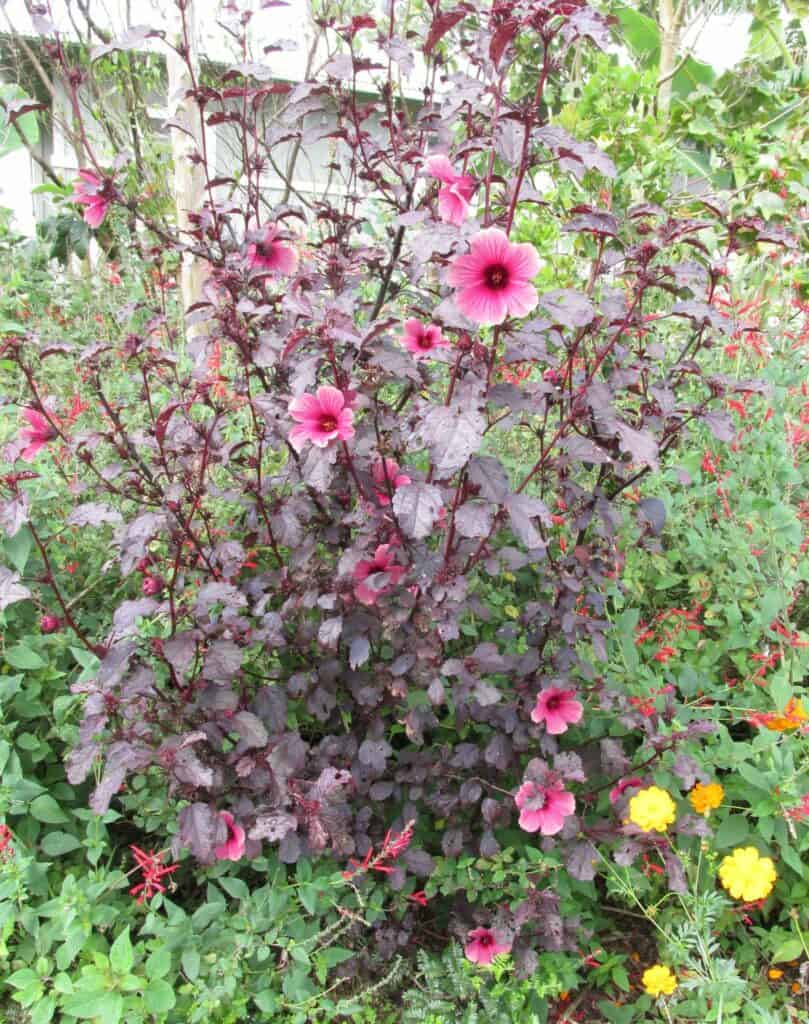
Cranberry Hibiscus is a plant that is easy to fall in love with. It’s beautiful, tasty, and in the proper environment thrives with almost no care. It is also extremely easy to propagate. While it’s not going to be a caloric staple from your garden, it is something you can enjoy everyday, whether you’re eating it or just observing its splendor.
Cranberry Hibiscus originates in tropical Africa where it was originally cultivated, likely for hundreds of years. It is actually thought to be a hybrid of two wild species, although it has its own species name Hibiscus acetosella. Acetosella is in reference to its resemblance in flavor with sorrel, both of which have a tangy flavor of oxalic acid.

Today it is largely only traditionally consumed in Brazil, usually fresh in salads. It’s acidic taste and tender texture make it great for this purpose, not to mention it adds vibrant color to any meal. Cranberry Hibiscus can also be prepared into teas which taste similar to the classic Hibiscus or Jamaica.
Alternatively it can also be cooked into deserts, stir frys, jams, or made into lemonades. One of my personal favorite ways to use it is dried and pulverized with sugar. This can be added to water for a quick and instant lemonade-like beverage!
Several studies have shown that Cranberry Hibiscus leaves are very high in antioxidants and posses other medicinal properties. They are also used in traditional medicines of Sub-Saharan Africa and Eastern Asia.
In the garden, Cranberry Hibiscus also has a great ornamental value. It’s a medium sized bush, with maple leaf flowers, and a red cranberry color that really makes it stand out. It can be grown as a single bush or planted as a hedge row that really adds color to your scenery.
Cranberry Hibiscus grows as a short-lived perennial in tropical climates. Under proper conditions it can easily survive 5 to 10 years, although it loses its vigor overtime. In temperate climates it can be grown as an annual and still exhibit significant growth in a season.
Growing Cranberry Hibiscus
Cranberry Hibiscus is considered a “hardy hibiscus” because it tolerates both low-land hot tropics and the cooler montane tropics. While it tends to grow more vigorously and robust in the hot climates, I’ve seen it growing just fine above 1500 meters (4500 ft) in the montane tropics. In the cooler climates it obviously grows slower, but the plants can also get much older.
In temperate climates it can be grown as an annual within Zones 8-11. You may be able to stretch this a bit by starting them indoors and planting in a protected space. It is also possible to overwinter them in climates with mild winters. You do this by cutting it back before the frosts hit and covering it with a good layer of mulch for protection.
There are several cultivars of Cranberry Hibiscus out there although they are all relatively similar. The biggest difference lies in the color of the foliage. The most common is the “Red Shield” and is from my understanding the hardiest of the bunch. There is also a completely green variety.
Cranberry Hibiscus thrives in full sun with plenty of soil moisture. While it prefers fertile and well draining soil, this plant has no problem growing in thick clay. From my observations Cranberry Hibiscus is not too picky about its soil as long as it doesn’t dry out completely or get excessively flooded. While it likes fertile soil, I’ve also seen it do great in poor uncultivated soils. It can also grow fine in partial shade.
Propagation
Propagating Cranberry Hibiscus is easy and can be done by seed or cutting. Cutting is the fastest and easiest, although it may be more difficult to get. Seeds can be easily ordered online. Over many generations cuttings tend to lose their vigor, so it is also good to germinate some seeds even if you have plant material available.

Growing by Seed
There is really no hard science to this.
- If you harvested your own seeds then you will have to remove them individually from the pods. They are small dark seeds.
- Plant the seeds about 1” deep into loose and moist soil. This can be in a seedling tray, pot, or directly out in the field. Keep moist.
- After about 1-2 weeks your seed should have germinated. If started in pot or seed tray, transplant when necessary to avoid it getting rootbound, although this is not a major issue.
- Once the plant is 6-12” tall you can transplant it into your desired location.
Growing By Cutting
- This is the preferred way of propagating Cranberry Hibiscus, just because it is so easy and allows you to quickly multiply your plants.
- Start with a bushy mother plant that has yet to go to flower. If it’s flowering, cuttings still work but they tend to be less vigorous. If that’s the case, you may also want to try by seed.
- Take cuttings that are about 2-3 ft in length. Use sharp clippers.
- Harvest all but 3 to 4 leaves from the cuttings.
- If you’re not using immediately you can store them by placing them in a bucket of water but preferably only do this for 2-3 days.
- If you want to plant these directly in the field, it is best to choose a time when there is regular rain and moisture. If you have irrigation then there is no need to worry.
- Bury these cuttings halfway directly into the soil of your chosen site. You can loosen the soil with a shovel or simply use a sharpened stick to poke a hole as deep as needed.
- Mulch and give these cuttings water for about 2 weeks until they are established.
- Alternatively, you can start these cuttings in pots and transplant when the climate permits. If using pots you can start with cuttings half the size.
Maintenance and Care
Cranberry Hibiscus really doesn’t need too much care. Pruning can help promote bushy growth as the plants can get pretty lanky otherwise. This can simply be done by cutting the central stem once the plant is about 2-3 feet in height. Other than this, keep the soil well mulched and irrigated during the dry months if desired. It is relatively tolerant to a strong dry season, although its growth will definitely slow down. Extreme drought can be fatal.
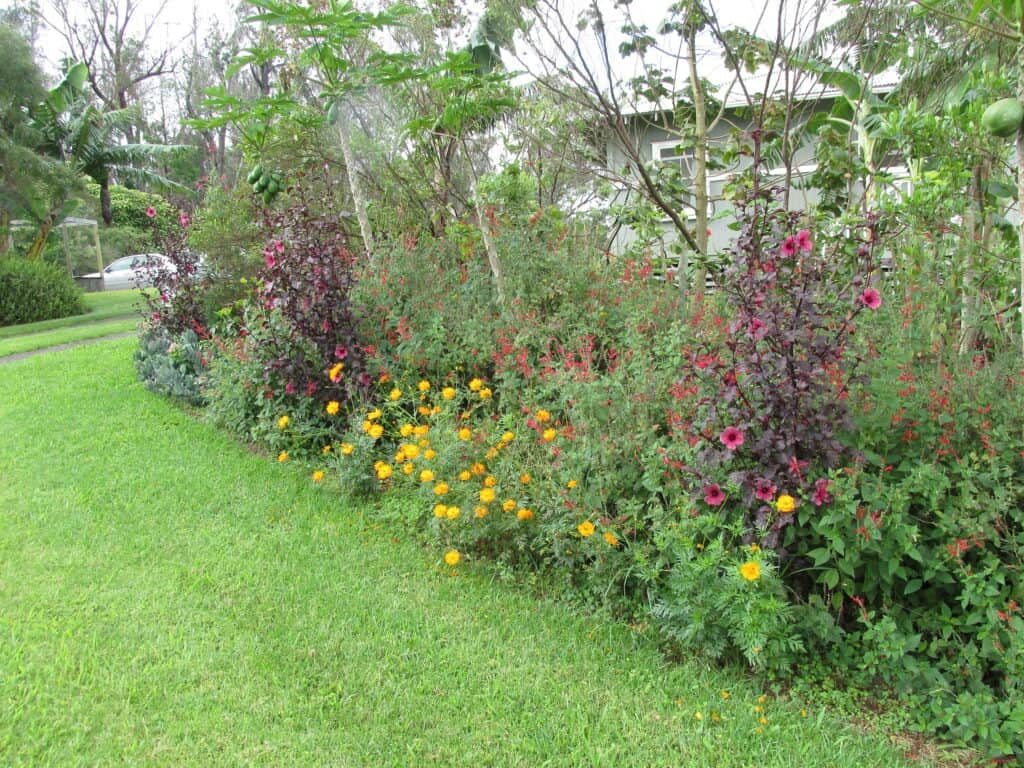
After flowering Cranberry Hibiscus tends to slow down in vegetative growth. It produces less leaves and focuses more on the production of flowers and seeds. This is not ideal if you are looking to harvest the leaves.
Cranberry Hibiscus cannot handle frost. In temperate areas with mild winters it can be grown perennially by cutting it back before winter and burying it in several inches of mulch.
Harvesting
Harvesting can be done in a number of ways. Some folks like to harvest leaves directly from the plant. I find that just cutting back whole stems and removing the leaves in the comfort of a chair tends to be a better option. The plant will bounce back without much problem and have nicer bushier growth. From my experience cutting it back like this also delays flowering. Not to mention it also provides new propagation material!

Flowers can also be eaten and placed into salads. Seed pods can be brewed into tea at any stage of development. These tend to be particularly useful for adding a dark red color to a tea or beverage.
Using Cranberry Hibiscus
- For salads leaves should be used whole and mixed with other fresh greens. Avoid cutting the leaves as this will release the mucilaginous properties of the plant that are not enjoyed by some.
- Tea works best if made from dried leaves, flowers, or seedpods. You can use fresh material but the extraction is less thorough.
- A cold beverage can also be made by blending the leaves with water and sugar. Filter the leaf material and behold a fabulous red-colored beverage reminiscent of lemonade!
- It is possible to make jams, syrups, and other sweet deserts with the right creativity!
- Dried and powdered leaves are also an interesting ingredient that gives a sour kick to any meal or recipe.
Final Thoughts on Cranberry Hibiscus
Cranberry Hibiscus is a wonderful addition to any garden. You can enjoy its mesmerizing color from afar or just nibble on some leaves to enjoy a sour treat in the garden. The leaves make any otherwise regular salad look gourmet, and for those with creativity in the kitchen it brings endless possibilities. Not to mention the high antioxidant content is something we can all benefit from.
In the tropics where these plants thrive, there is no reason not to have a couple (or a lot) hanging around in your garden. Even for ambitious gardeners in temperate climates, the effort of keeping this as an annual is definitely worthwhile. What’s not to like about this marvelous plant?

